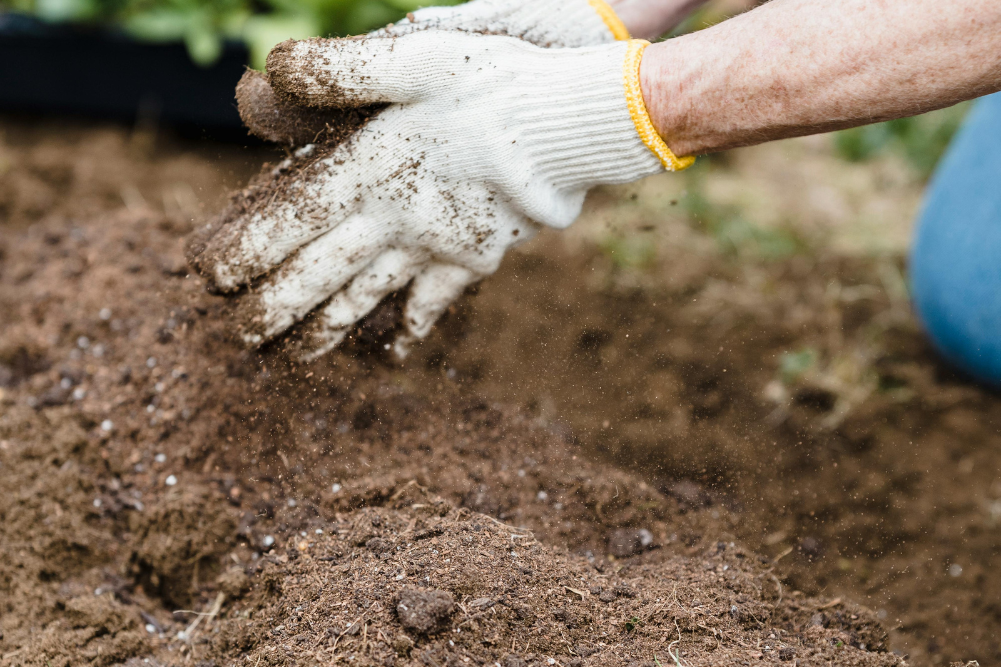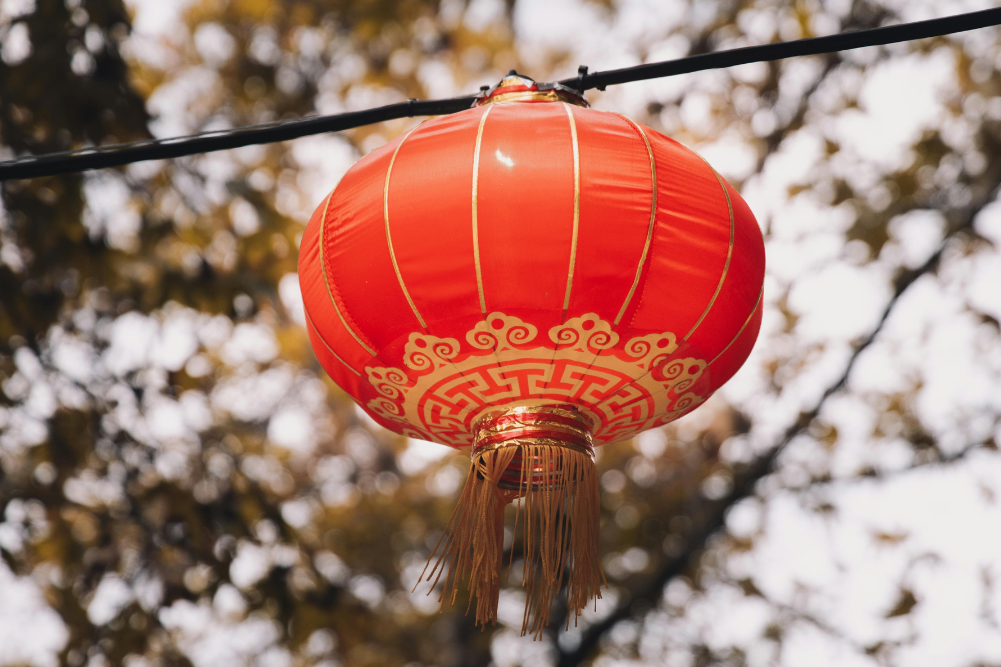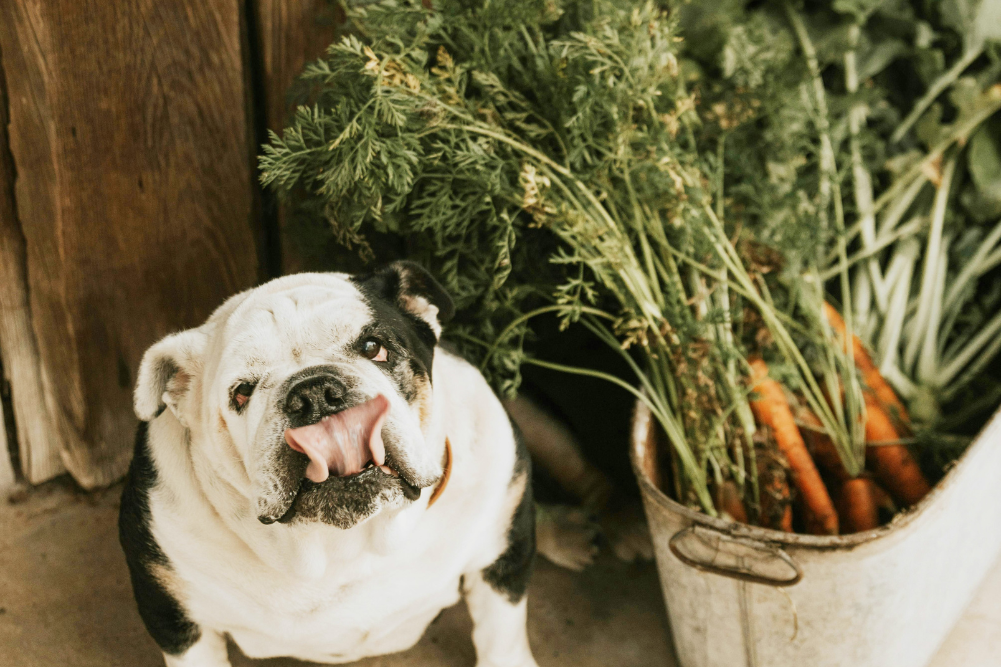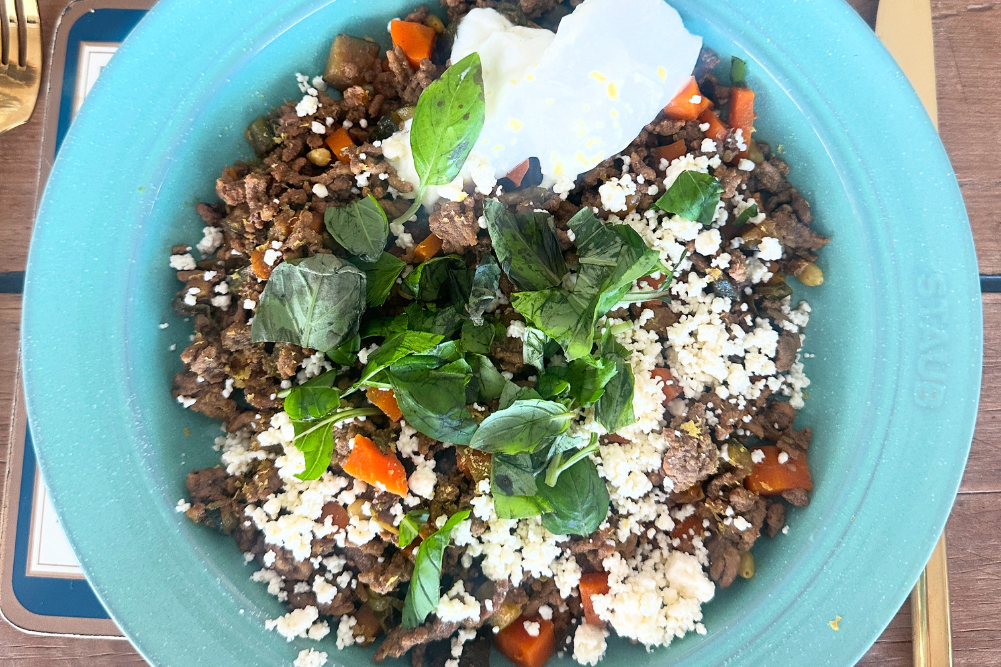Making a mess with mulch
Mulch can help — or harm. Learn key lessons on using mulch wisely to avoid common gardening mistakes and protect your plants.
I’ve killed several trees with well-intentioned mulch, like the young grapefruit trees that I surrounded with old carpet, to keep the weeds down and the moisture in. The carpet did both perfectly. Not a single weed came up through it, and not a single drop of rain penetrated the carpet to water the trees either. By the time I realised that the carpet was backed with waterproofing, one tree was dead and the others none too healthy, either.
Even a loose mulch of autumn leaves and lucerne can soak up the small amounts of rain we usually get in droughts. Two to three millimetres in a night once a week can be enough to keep plants alive, but if the trees are mulched, even with the best mulch possible, the mulch will soak up the rain shower long before the water reaches the plant roots.
It took me years in the ‘90s drought to realise that the Tahitian lime trees I’d mulched with decayed wood chips weren’t doing well. They needed extra tucker — wood chips are low in nitrogen and were using up plant tucker as they broke down. The vegie garden mulched with well-broken-down, composted wood chips was even worse. Seedlings just seemed to vanish when I planted them in the compost-rich soil. The “composting” was killing my seedlings to turn them back into soil.
Lesson one in mulching: only mulch if you expect to get regular, thorough soakings from rain or your own watering systems.
Lesson two: Place some mulch on a sheet of cardboard or even the concrete driveway before you put it in the garden. Trickle water on it, then move the mulch away. If the cardboard or cement isn’t wet, then it repels water.
This doesn’t mean you need to throw it away. Just mix it with other mulch material, leaves or old corn stalks, until it’s loose enough for water to get through. Don’t mulch with lawn clippings, unless they have been mixed with autumn leaves, or scattered very thinly indeed.
Lesson three: Most mulch will be low in nitrogen. Mulched plants, veg, fruit trees or ornamentals will need a bit of extra feeding so the mulch breaks down into rich soil, instead of temporarily starving your plants.
Lesson four: Find out where your mulch came from. A disaster happened to a neighbour decades ago. He was offered unwanted hay that he used in his orchard, but it had been sprayed with herbicide that was still active. It killed the entire garden. Many councils are now learning this lesson as they find their garden areas have been filled with a soil and compost mix containing asbestos, impossible to know about without expensive testing and possibly lethal in a few decades to those who have played there as children.
Most of the mulch I use is home-grown. The lovely, rich material from the two compost bins is given to the vegetable gardens, but only when it has broken down so that no part of it is recognisable. Undigested organic matter can spread rot to carrots, parsnips and even deep-rooted ones. If you can still see the eggshells from six months ago, the compost needs more time to truly break down.
The fruit trees, on the other hand, are given trimmings, fallen branches or hunks of dead wattle tree that have fallen across our driveway. If the trees get enough tucker, even a quite large wattle trunk will break down in three years or so. Fast-growing trees usually rot quickly, too. Don’t try this with red gum branches or salvias. We now have several salvia forests under the avocado trees where we piled the “not as dead as I thought” stems in winter. But the unwanted thinning from your grevillea or camellia? Throw them down as mulch.
Even bunches of flowers may have seeds that germinate if thrown into mulch once the blooms have faded. We have dahlias popping up in odd corners. The dahlias are welcome. The Marvel of Peru flowers are not. I was delighted when a friend gave me a vaseful. Sadly, those flowers also developed viable seeds while still in the vase, which germinated in the warmth of the mulch. The local birds love the seeds — another feral in the garden to deal with. I still love mulch, but these days I am far more careful about what I use and where I put it.








